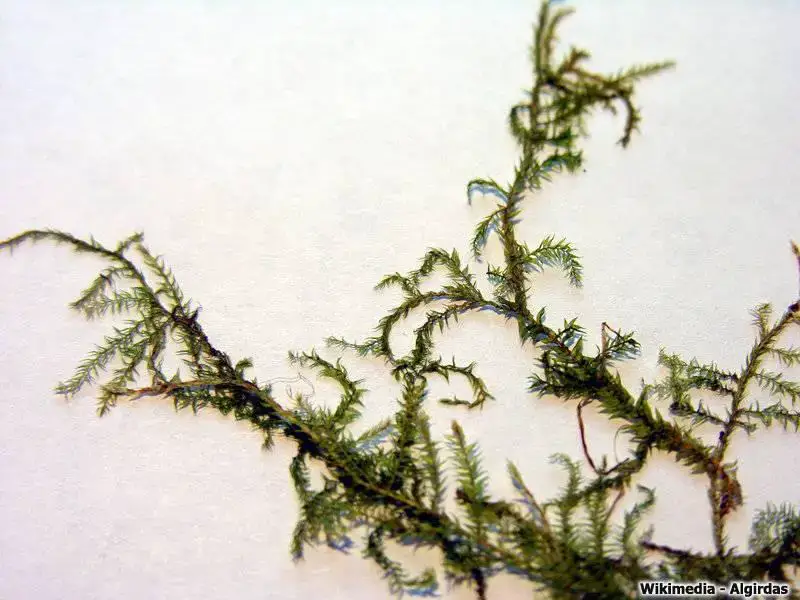
Brachythecium_rivulare_resize.jpg from: https://azoresbioportal.uac.pt/es/especies-de-las-azores/brachythecium-rivulare-12135/
Introduction
In the vast and captivating world of bryophytes, the Brachythecium rivulare Schimp. moss stands out as a remarkable species within the Brachytheciaceae family. Often referred to simply as Brachythecium, this unassuming yet fascinating moss has captured the interest of enthusiasts and researchers alike. Let’s embark on an engaging journey to unravel the secrets of this diminutive marvel.
Background
Before delving into the intricacies of Brachythecium rivulare Schimp., it’s essential to understand the broader context. Mosses belong to the division Bryophyta, which encompasses a diverse array of non-vascular plants known as bryophytes. These ancient organisms have been around for millions of years, predating even the earliest vascular plants. Within the Bryophyta division, the class Bryopsida encompasses the true mosses, including our subject of interest.
Main Content
Morphology and Identification
Brachythecium rivulare Schimp. is a pleurocarpous moss, meaning its stems grow horizontally along the substrate. Its slender, creeping stems are adorned with delicate, lance-shaped leaves that form a vibrant green carpet. Upon closer inspection, you’ll notice the distinctive rivulare (meaning “of the brook”) feature – the leaves often exhibit a wrinkled or undulating appearance, reminiscent of the ripples on a stream’s surface.
Global Distribution and Habitat
This moss species is widely distributed across various regions, including Europe, Asia, and North America. It thrives in moist, shaded environments, often found along stream banks, damp rocks, and the bases of trees. Brachythecium rivulare Schimp. is particularly fond of calcareous substrates, making it a common sight in areas with limestone or chalk bedrock.
Ecological Roles and Adaptations
Despite its diminutive size, Brachythecium rivulare Schimp. plays a crucial role in its ecosystem. Its dense mats help retain moisture and prevent soil erosion, creating a microhabitat for other organisms to thrive. Additionally, this moss serves as a food source for various invertebrates and provides nesting material for some bird species.
One of the remarkable adaptations of
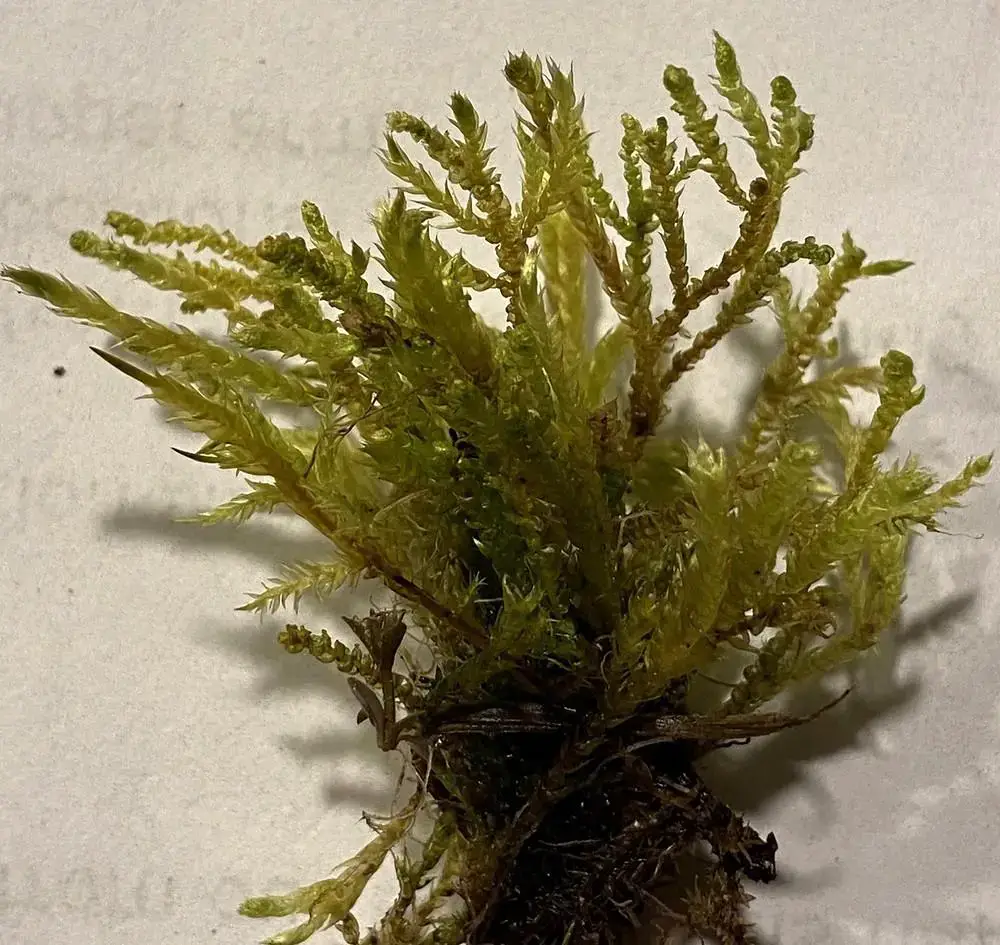
48200906.jpg from: https://waarneming.nl/waarneming/view/238560436?_popup=1
Brachythecium rivulare Schimp. is its ability to withstand desiccation. During dry periods, the moss can enter a state of dormancy, curling its leaves inward to minimize water loss. Once moisture returns, it quickly revives, showcasing its resilience and ability to thrive in challenging environments.
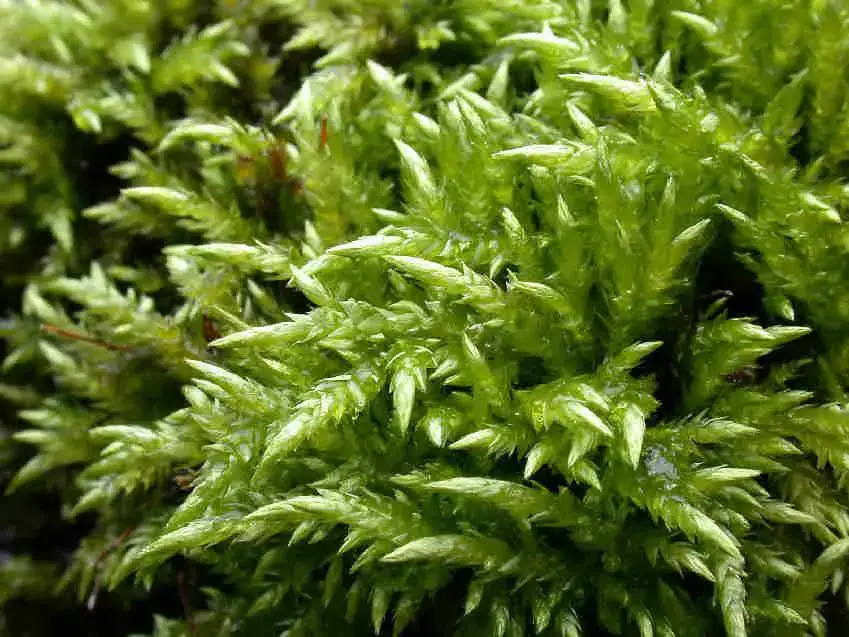
Brachythecium_rivulare_003.JPG from: https://cisfbr.org.uk/Bryo/Cornish_Bryophytes_Brachythecium_rivulare.html
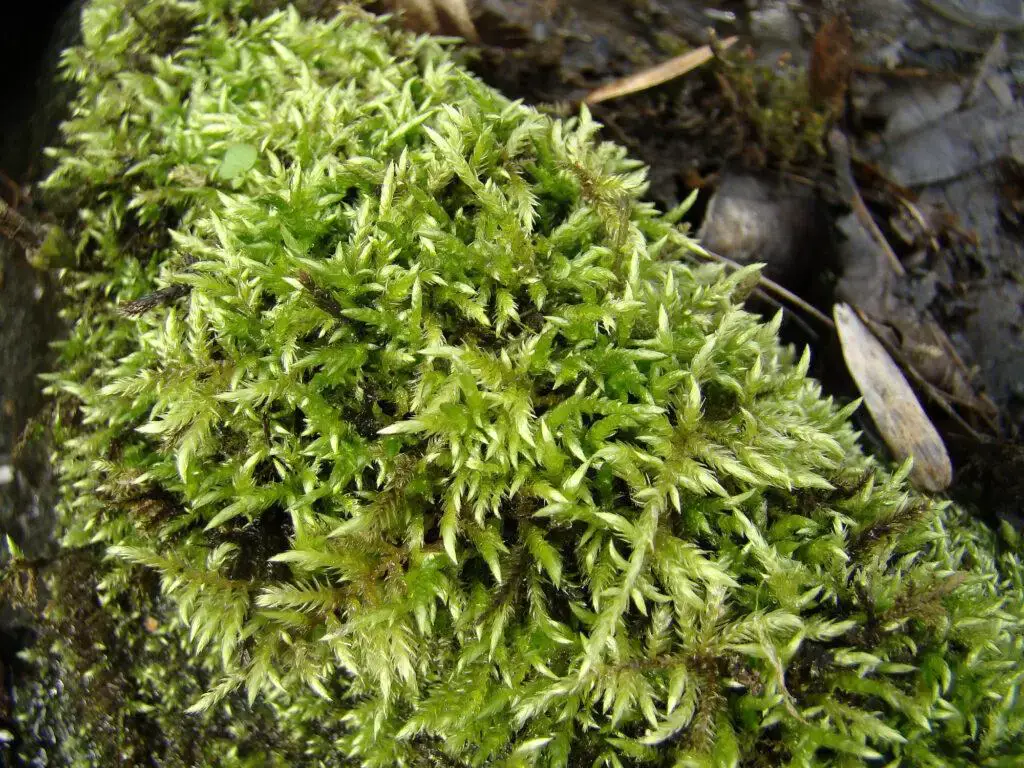
Brachythecium-rivulare-0311-1024×768.jpg from: https://www.britishbryologicalsociety.org.uk/learning/species-finder/brachythecium-rivulare/
Case Studies/Examples
In a recent study conducted in the United Kingdom, researchers investigated the impact of Brachythecium rivulare Schimp. on soil stabilization along riverbanks. The results revealed that the moss’s dense mats significantly reduced erosion rates, highlighting its importance in maintaining the integrity of riparian ecosystems.
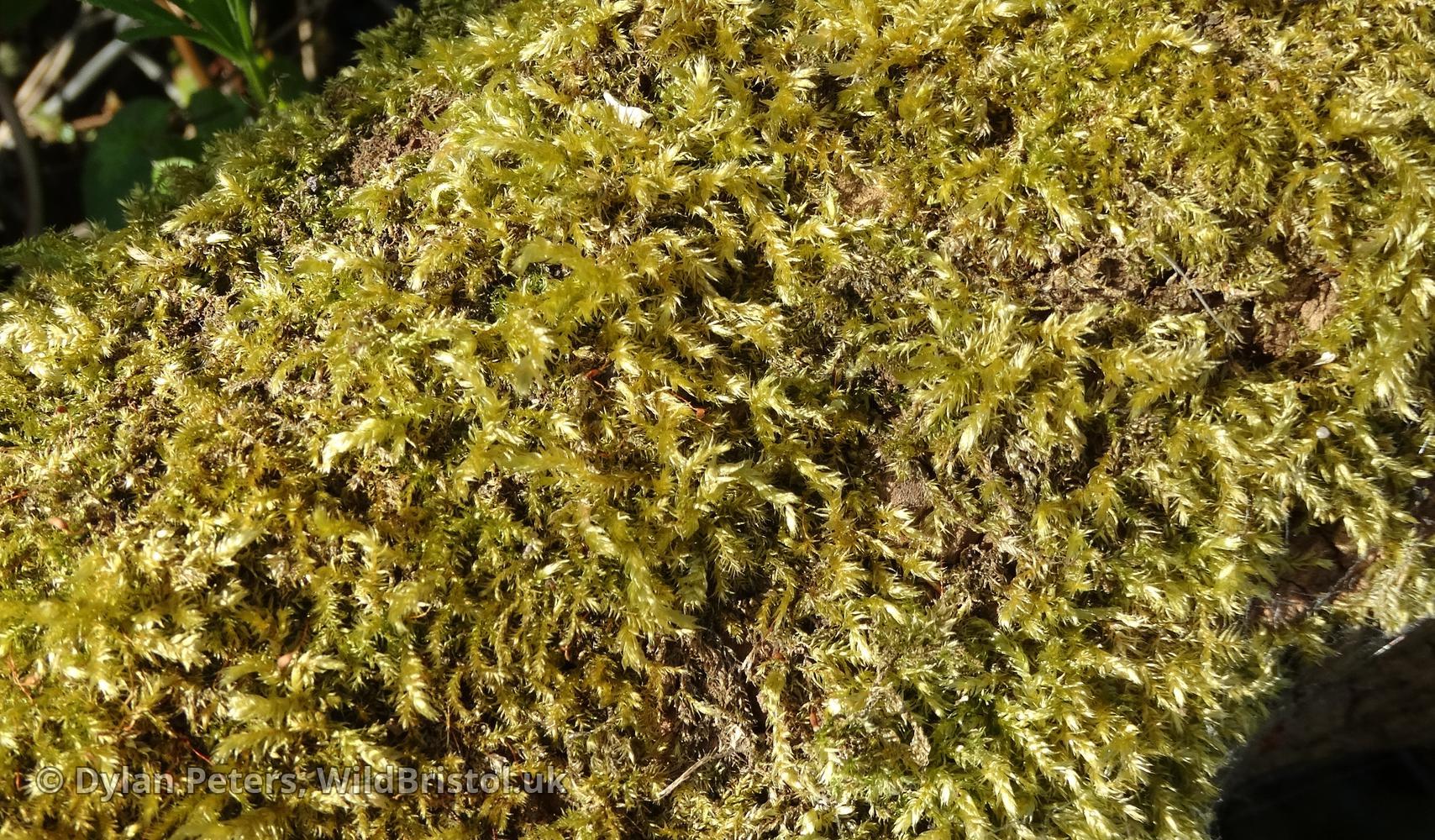
210403183832_DSC00342.JPG.full.JPG from: https://wildbristol.uk/groups/ferns-horsetails-mosses-liverworts/river-feather-moss/
Technical Table
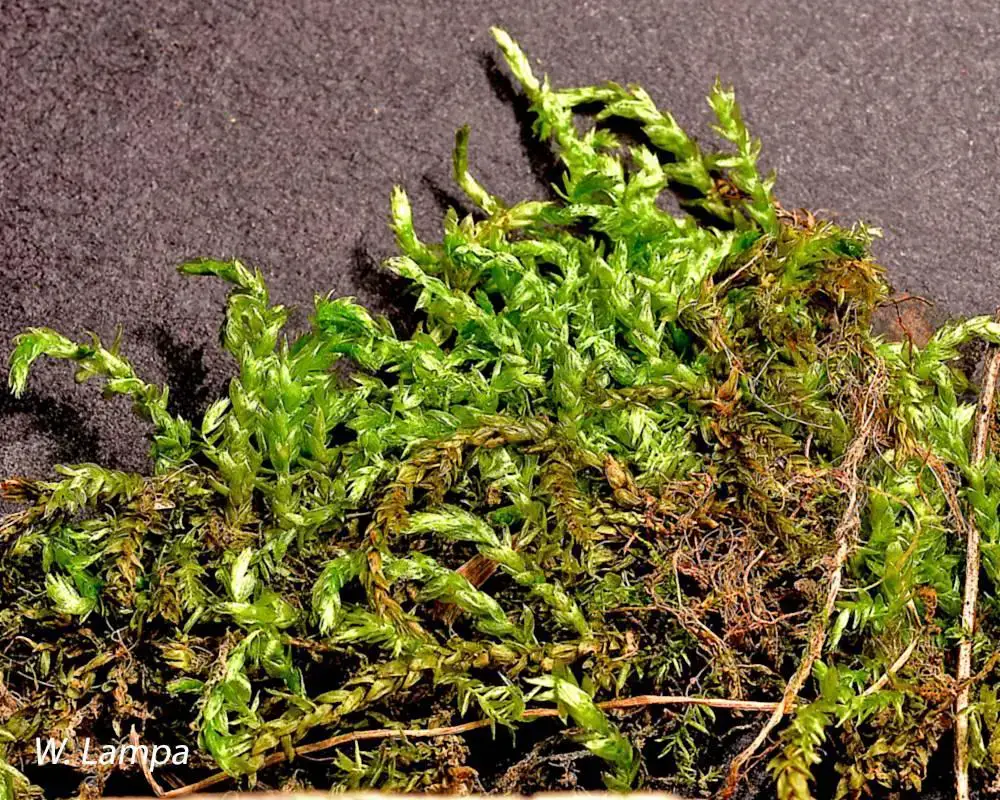
Brachythecium_rivulare_M17168_1590062856.jpg from: https://bryophyteportal.org/portal/taxa/index.php?taxon=158138
| Characteristic | Description |
|---|---|
| Phylum | Bryophyta |
| Class | Bryopsida |
| Order | Hypnales |
| Family | Brachytheciaceae |
| Genus | Brachythecium |
| Species | rivulare Schimp. |
| Growth Form | Pleurocarpous |
| Leaf Shape | Lance-shaped, undulating |
| Habitat | Moist, shaded environments, stream banks, damp rocks, tree bases |
| Distribution | Europe, Asia, North America |
Conclusion
The Brachythecium rivulare Schimp. moss may be small in stature, but its impact on the natural world is profound. From stabilizing riverbanks to providing shelter and sustenance for countless organisms, this unassuming bryophyte plays a vital role in maintaining the delicate balance of ecosystems. As we continue to explore and appreciate the wonders of the natural world, let us ponder this thought-provoking question: How many other hidden gems lie waiting to be discovered, their secrets yet to be unraveled?